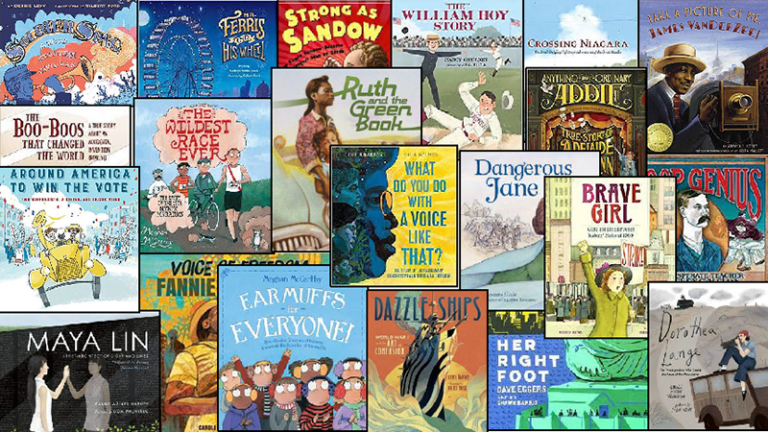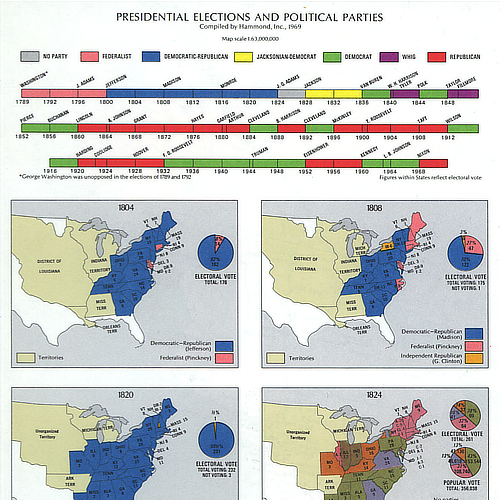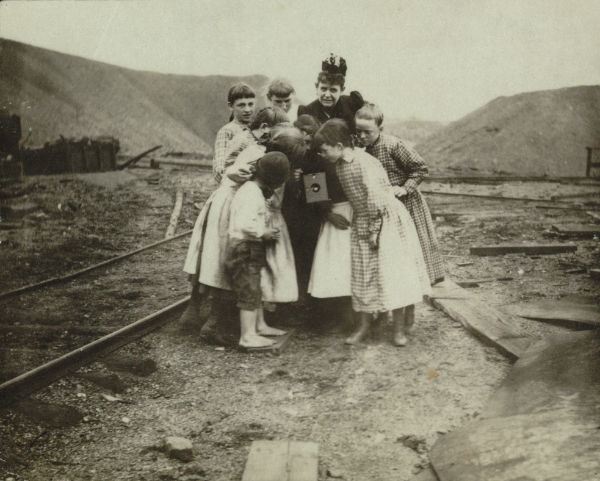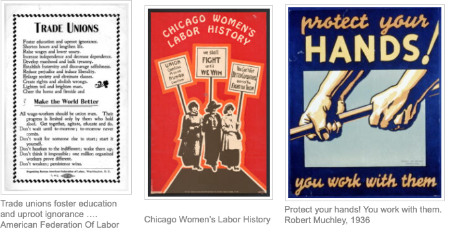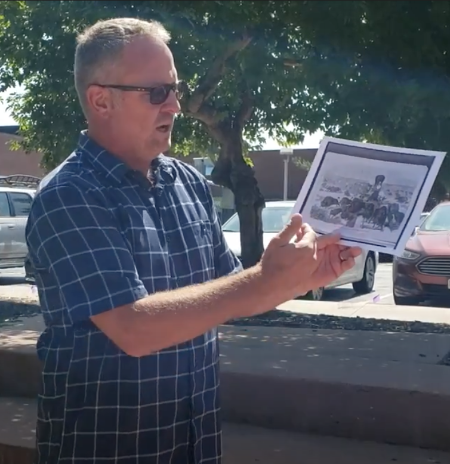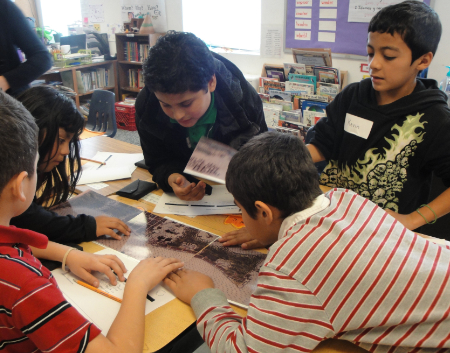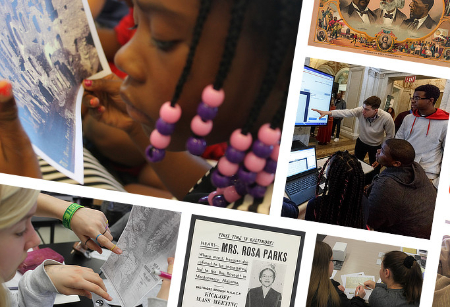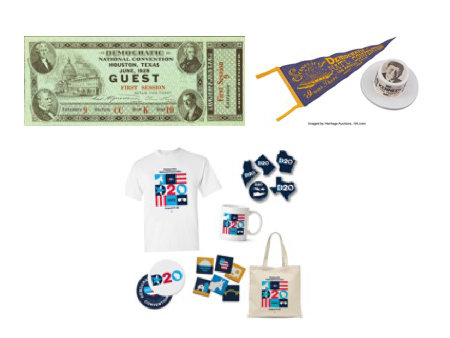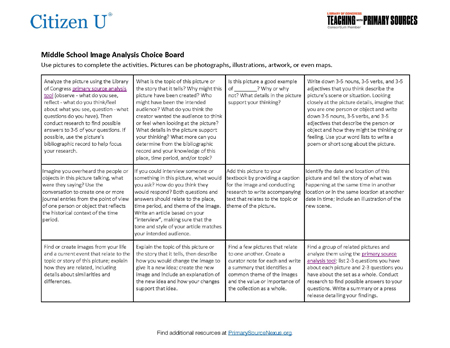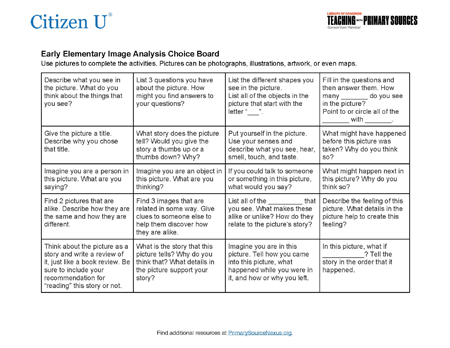Literature Links: Pairing Primary Sources with Historical Picture Books
When paired together, primary sources and historical picture books provide learners opportunities to explore and create meaning around small moments in time and bigger events. Compelling primary sources further help students contextualize elements of a story to better understand and relate to it. On the flip side, historical fiction and nonfiction picture books can increase…

